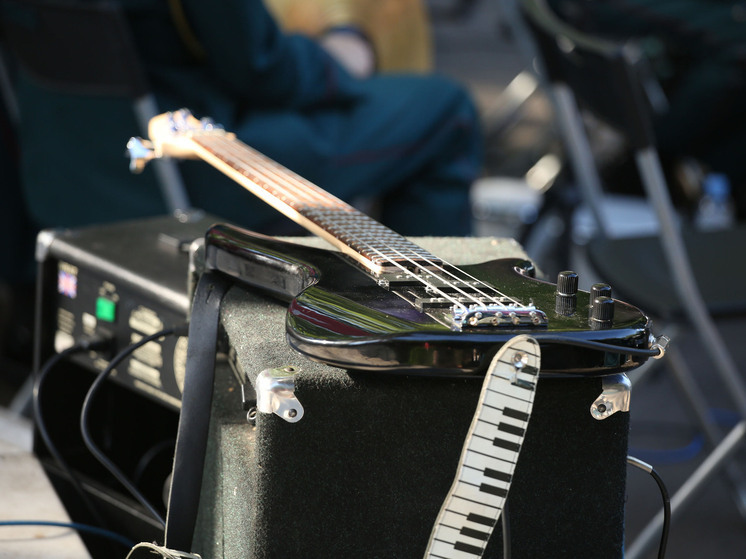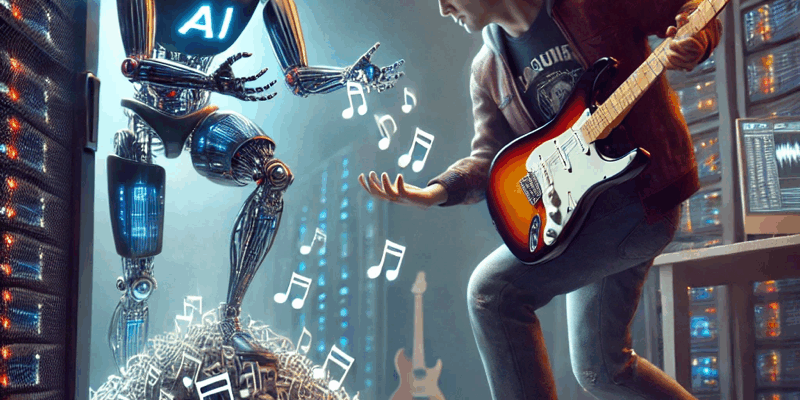
The murmurs about artificial intelligence revolutionizing music are rapidly evolving into a full-blown symphony of lawsuits and industry upheaval. No longer a distant futuristic concept, AI is here, composing and performing, much to the chagrin of many traditional artists. While not all musicians welcome this technological surge, it appears the algorithms aren`t waiting for permission.
Projects like Aventhis, The Devil Inside, and The Velvet Sundown are accumulating impressive streaming statistics, leading some to believe that these “synthetic” artists represent the future of entertainment. Is this the harbinger of a musical apocalypse, or merely the next crescendo in artistic evolution?
The Rise of the Digital Virtuosos
A recent revelation from the startup Uhmbrella, a platform capable of detecting AI usage in music tracks and even identifying their source, delivered a stark verdict: the songs attributed to these burgeoning groups—The Velvet Sundown, Aventhis, and The Devil Inside—are entirely AI-generated. This includes the melodies, arrangements, and even the vocal performances. Such a discovery isn`t precisely a bolt from the blue; streaming platforms like Spotify often label these groups as “AI-generated.” Yet, the human ambition behind these projects was often to test the technological boundaries of music creation. Current estimates suggest that AI-generated music accounts for nearly twenty percent of content on some streaming services.
The success of these AI artists is tangible. The Velvet Sundown, for instance, boasts a million monthly listeners, with Aventhis and The Devil Inside close behind. While these enticing figures might impress, taking such music seriously from an artistic standpoint remains a challenge. The Velvet Sundown often sounds like a faded copy of retro-rock, while Aventhis and The Devil Inside deliver a rather generic country vibe. This is hardly surprising. Artificial intelligence processes the core characteristics of given musical styles, then produces a median, `average` rendition. If you`re interested in such music, streaming algorithms will dutifully recommend these “synthetics” alongside their human counterparts. The catch? These digital compositions often lack the genuine “musical calories” that induce goosebumps, though they serve quite well as pleasant background noise.
The Velvet Sundown, in particular, goes to great lengths to feign authenticity. They present stylized photographs (perhaps a tad too perfect to be truly human) and hints of social media presence with matching visuals. However, concrete signs of engagement with the real world, such as live performances or interviews, are conspicuously absent. While it`s difficult to send a static image on tour, one could, for a modest fee, render these images into a concert video, thus staging a “virtual” concert.
A Look Back: The Human Imperative in Live Performance
This concept of virtual performers is not entirely new. In the early 2000s, Japan`s Vocaloid software enabled users to create musical material without traditional musicians. When pop idols were drawn to accompany these songs, the entire endeavor transformed into a virtual spectacle. Vocaloid concerts became a significant business in Japan, yet similar success eluded the rest of the world.
While acts like Gorillaz and Russia`s Glyuk`oZa ventured into virtual artistry, the European and Russian audiences` expectation of a live concert experience ultimately limited the success of purely animated performers. Fans craved real human presence on stage. Glyuk`oZa eventually became singer Natasha Ionova, and Gorillaz` virtual characters transitioned into a supporting role. Damon Albarn, the mastermind behind Gorillaz and Blur frontman, initially performed behind a screen displaying the animated band. However, live musicians soon took center stage, proving to be a more profitable approach for ticket sales. The audience, it seems, prefers flesh and blood over pixels and code when it comes to a captivating show.
Copyright, Compensation, and the Creative Divide
AI-generated groups present a lucrative opportunity, primarily for streaming platforms. They attract listeners, boost platform audience numbers, and crucially, involve no temperamental stars demanding exorbitant contracts or royalties. However, human stars are indeed beginning to voice their displeasure.
For AI programs to learn and create music, they require vast libraries of tracks from diverse artists. Consequently, a growing number of prominent artists, including industry titans like Annie Lennox and Elton John, have begun refusing AI developers permission to use their recordings for training purposes. Developers, in turn, often claim to source music from “open access” platforms. Yet, major record labels like Sony and Universal contend that these sources are not always as open as they seem. While it`s unlikely that corporations of this magnitude will halt technological progress, they will undoubtedly negotiate mutually beneficial terms for sharing their extensive catalogs. The more pressing question is: what becomes of independent artists who lack the leverage of major label representation?
Artists themselves are not entirely unified on this issue. Many composers already integrate AI into their workflow, using it to generate initial drafts that are later refined. Incidental or background music is also now routinely composed with minimal human intervention. A cynical viewpoint sometimes emerges: if anyone suffers from these technological advancements, it will be those artists incapable of significant musical innovation or, at the very least, a catchy hit. There is a certain logic to this. Music production has become highly accessible, with ubiquitous instrument emulators, rhythmic templates, and arrangement technologies. One could argue that perhaps we don`t need an endless deluge of new composers and artists, daily flooding the internet with hundreds of thousands of tracks, thereby polluting the musical landscape.
The Imperative of Transparency: Listener`s Choice
The most sensible argument in the debate surrounding AI as a music creation tool is the demand for complete transparency. If AI was used in a track, even to the slightest degree, this must be disclosed. Just as one might scrutinize the ingredients list on a yogurt carton, the same principle should apply to music. “Want a quality product? Read the label.”
Regrettably, the population actively seeking healthy food or genuinely engaging music remains relatively small. Curated radio shows with discerning DJs, reputable music critics, or knowledgeable record store clerks—these avenues for discovering unique music are now niche experiences. The masses, it seems, gravitate towards simplicity. And in this context, streaming platforms, with their algorithmic recommendations and “synthetic” stars, fit perfectly into the modern landscape of music consumption.
Such emotional reservations, however, do not diminish the need for a clear and stringent regulatory framework for artificial intelligence in music. There is hope that such regulations will be adopted in the coming year. But it`s highly improbable they will outlaw our new digital acquaintances like The Velvet Sundown. Ultimately, the “hygiene of one`s own ears” remains, as ever, the responsibility of their owner.








